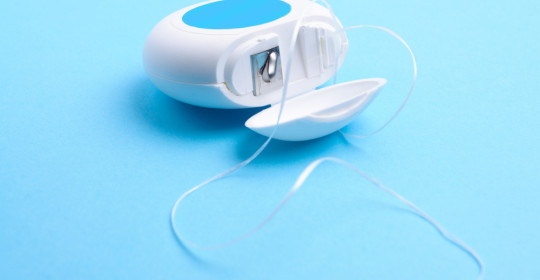
Do You Floss?
Have You Flossed Today?
Dental floss is a bundle of thin filaments that are used to remove food particles, as well as dental plaque from the teeth. Dental floss is inserted in between the teeth and then scraped along the sides, particularly close to the gums or underneath them. Dental floss is usually made of either plastic (nylon, polyethylene or PTFE) or silk. It can be unflavored or flavored, unwaxed or waxed. Cinnamon is a nice choice.
History of Flossing
Believe it or not, flossing has been around for centuries. The first form of dental floss was invented by a dentist from New Orleans named Levy Spear Parmly. In 1815, he recommended that people should use silk floss to clean their teeth. However, this was not available until the year 1882 when the Codman and Shurtleft Company started commercial production of human usable unwaxed silk.
The use of dental floss was not to pick up until after World War II when more effective, biodegradable nylon floss was availed by Dr Charles C. Bass. Today the common dental flosses used are those made of nylon because they are environmentally friendly.
Benefits of Dental Flossing
Research shows that majority of people brush everyday, but only 10 to 40 percent floss in addition. Are you among the flossers? Here are a few things you need to know about this important dental procedure.
The main problems with teeth result from poor hygiene due to accumulation of food particles in between the teeth. These form fertile ground for bacterial growth leading to conditions known as gum disease (gingivitis, dental caries, periodontitis and other oral infections) and halitosis (bad breath). Toothbrushing in conjunction with flossing removes all these particles leading to clean, healthy gums and teeth and so prevents both gum disease and bad breath.
Our aim is to be the best Irving dentist you’ve ever had. Floss regularly and your check-ups will go much smoother.






